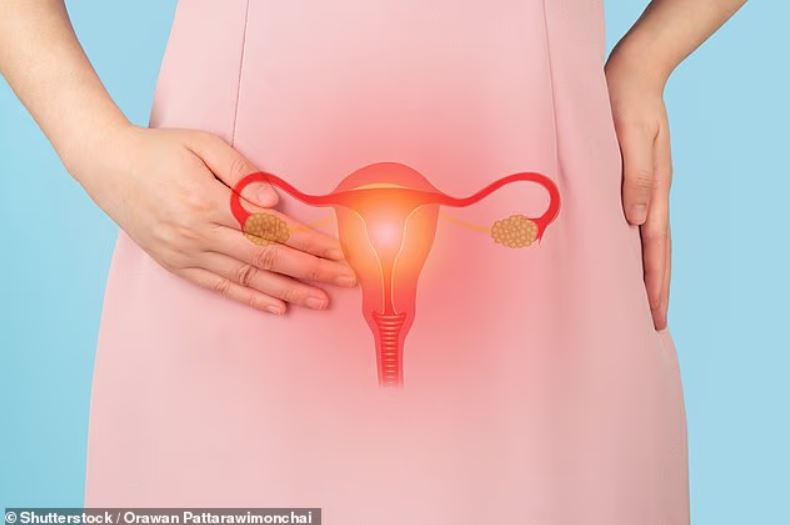An alarming number of women remain unaware of the signs of a silent yet deadly cancer that claims thousands of lives each year: womb cancer.
According to new research by Peaches Womb Cancer Trust, one in five women in the UK have never even heard of womb cancer. Even more concerning, over a third mistakenly believe it can be detected through smear tests—which only screen for cervical cancer.
Experts warn that this lack of awareness is costing lives.
Cath Kennedy, a clinical specialist at the trust, stresses the importance of early detection:
“We want more women to hear about womb cancer, know the signs, and understand when to seek medical advice. Any symptoms should be checked by a GP—don’t assume you’re fine just because your last smear test was normal.”
The survival rate paints a stark picture:
- When caught early (stages 1 or 2), 92% of women survive at least five years.
- If diagnosed late (stages 3 or 4), this plummets to just 15%.
Key Symptoms to Watch For:
- Unusual vaginal bleeding, especially after menopause
- Persistent back pain
- Pelvic pain
- Unusual vaginal discharge
One survivor shared her emotional journey with OK! Magazine, recalling how she knew something wasn’t right when she experienced back pain and unexpected bleeding.
“There were some dark moments,” she admitted. “I thought, ‘Am I going to die? Leave my son without a mum?’ But I want my story to help other women take action.”
How It’s Treated:
Treatment typically involves surgery—most commonly a hysterectomy (removal of the womb). Depending on how far the cancer has spread, doctors may also remove the fallopian tubes and ovaries.
Some women require a combination of surgery, chemotherapy, and radiotherapy for the best chance of survival.
The Bigger Picture:
Womb cancer is one of several gynaecological cancers, which also include ovarian, cervical, vaginal, and vulval cancers. These diseases claim the lives of 21 women every day in the UK—more than 8,000 annually.
While they can strike at any age, the risk increases after menopause, especially for womb and ovarian cancers. Cervical cancer, by contrast, is most common among women aged 30–35.
Routine cervical screening is offered to women aged 25–49 every three years—but this test does not detect womb cancer, reinforcing the need to recognize the symptoms and act fast.

























